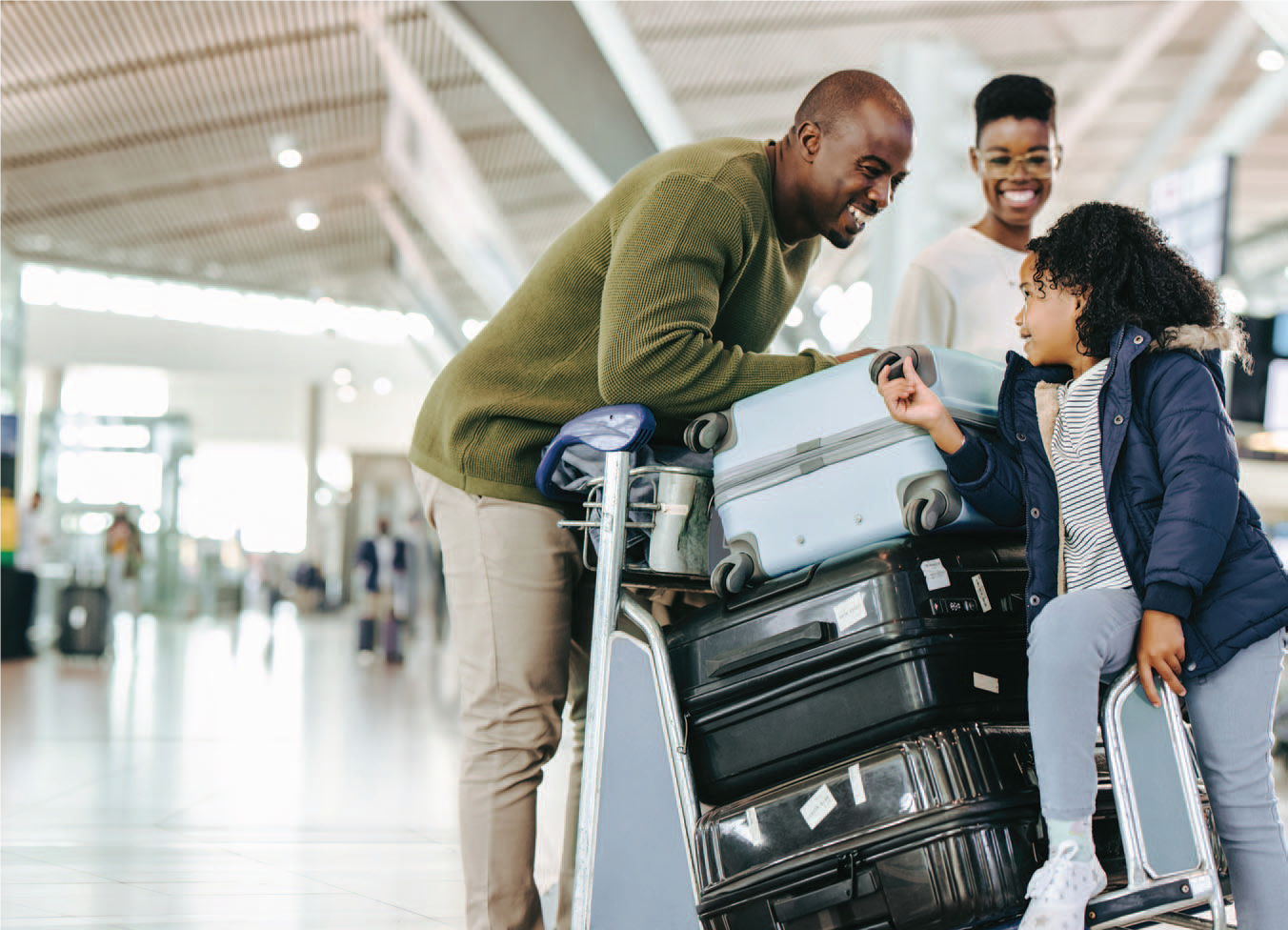What went wrong in 2022. How it’s looking in 2023.
Air travel showed us its bad side last year. Last holiday season, Southwest canceled 16,700 flights, losing more than a billion dollars in revenue through lost ticket sales and reimbursements, and tarnishing their very bronze reputation as the cheap airline that isn’t as bad as Spirit. Reasons why piled up, most having to do with logistics, software and payroll. To be a bit reductive, Southwest is the kind of company that “runs lean and hot”—cutting costs where it really shouldn’t to find profits on the low end.

www.istockphoto.com
For an even simpler explanation, we could turn to Southwest’s own Twitter page, on which the airline’s CEO, Bob Jordan, released an apology video wherein he referred to Southwest’s ongoing operation as a “giant puzzle.”
Unfortunately, it’s the kind of puzzle where thousands of people sleep on the floor with backpacks as pillows—while hundreds of pilots and flight coordinators try to assemble the pieces using Skysolver, a scheduling software from the 1990s that tends to glitch up when the weather gets bad, forcing crew members to call each other over the phone and hash it out that way.
Also during the 2022 holiday season, a pair of Australian baggage handlers were sacked for mishandling baggage. In a word, they were slamming suitcases down onto a conveyor belt. Two more words: punting and shot-putting. Really, they were fired for getting caught on a camera they’d presumably aimed at themselves. Their movie, uploaded to TikTok and recirculated by news outlets, frames the pair of handlers, giggling in high-vis jackets under the nauseating glow of industrial lighting, with a can of Red Bull in the foreground. Not the nicest workplace, but you have to hope no one was flying with heirloom china. You also have to imagine this kind of smackdown happens in the backrooms of airports all the time when the cameras aren’t rolling.
Holiday ’22 felt like a peephole into the peptic inner works of the travel industry. Stress, incompetence and the convolution of air travel were laid bare after a two-year partial hiatus from full-capacity operation. Were these snafus a fluke of gearing back up, a little hiccup in the grand scheme, or do you and your family have more to worry about if you’re planning to travel in the second half of 2023?

The Big 3
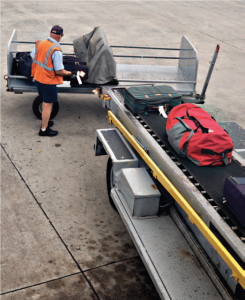
www.istockphoto.com
If you’re flying for vacation and care most about peace of mind, it makes sense to pay Delta’s rate, which is uniformly more than the budget option. Delta ranks well on cancellations, on-time arrivals and mishandled baggage: three issues likely to ruin or complicate your family’s vacation plans. United does fine as well, and generally outperforms American—though not in every category—so it comes down to whether you’d rather lose your bags or your sanity sitting motionless on the tarmac when choosing between these Big 3. If you’re flying to Hawaii, even better because Hawaiian Airlines is actually the best one, but it only goes there. Alaskan Airlines is also fantastic, but it runs fewer planes.
These performance metrics are eclipsed, in my opinion, by the general robustness built into the Big 3 airlines. United, Delta and American have a tacit agreement to exchange canceled flights between companies, basically allowing a traveler to hop from one airline to another frictionlessly when it’s the airline’s fault. This is inside baseball; these standing contracts between airlines are expensive, however, and Southwest predictably cheaped out.
Understand that Southwest (and other budget airlines) fly point-to-point, meaning their planes can shoot straight from one minor airport to another. This lets passengers fly from Atlantic City to Orlando without a layover, but it also means that, if your plane isn’t at Atlantic City when you are, or if your plane looks a little too dinged up for airfare, you’re stuck until the company sends you another one, perhaps from very far away. Who knows? If it’s Southwest (which, for the record, does not service AC), chances are they’re figuring it out on the phone and maybe you should get a hotel. It is point-to-point in all its glory.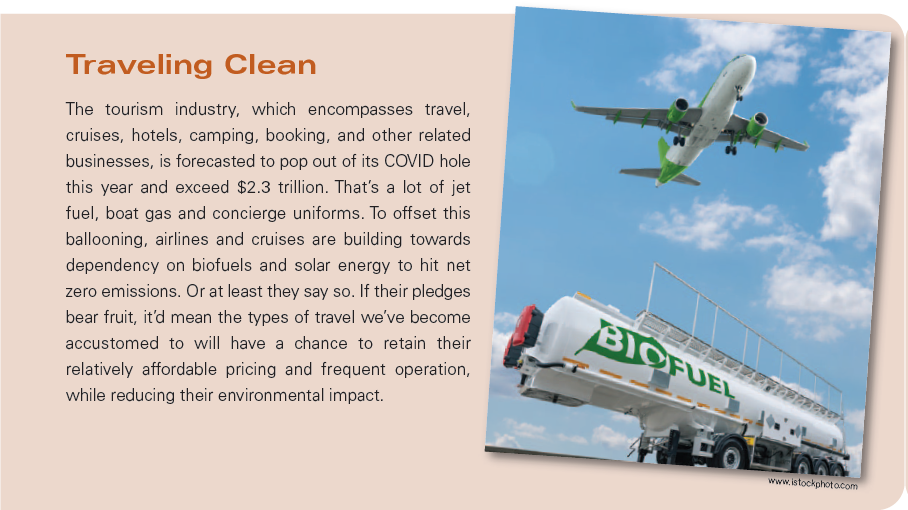
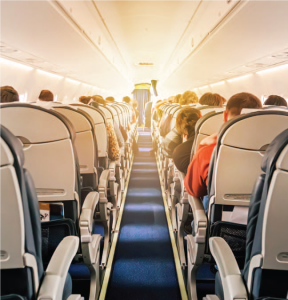
www.istockphoto.com
The hub-and-spoke model used by Delta, United and American forces minor airports to link up at big hub ones, like Pittsburgh or O’Hare. That can be an annoyance in the form of a layover, but these hub airports are heavily staffed with redundant pilots, flight coordinators and attendants. If a plane or crew aren’t feeling up to it, it’s much simpler to shuffle in another set of key pieces, keeping things chugging along just fine. Airlines using hub-and-spoke are an even better deal if you’re flying from one hub to another, say Newark to Miami, in which case you get all the security from their inbuilt redundancy without the downtime of a layover, which is at least the evil you know.
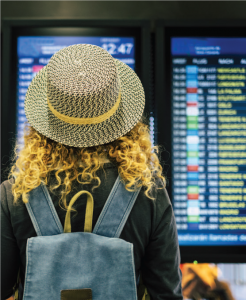
www.istockphoto.com
Until jetpacks get much better, we’re at the mercy of these airlines. It’s all about trusting a company well enough to handle you and some or all your belongings cleverly enough to, say, cover the 2,752 westward miles between Newark and San Diego without a major hassle. That kind of ticket from most major airlines comes with the expectation you’ll arrive intact, albeit with your stomach annoyed by the time zone differential, your brain a little foggy, and your knees rubbed a bit raw from five-hours’ brushing contact with the seat ahead of you if, like me, you’re tall and fly coach. Not too bad considering that’s seven percent of the time an identical trip would take you on a Greyhound. The good news is that, as we head into the summer travel season and begin steeling ourselves for whatever lies ahead between Thanksgiving and New Year’s Day, it’s looking safe and easy to board a flight or book a cruise. I wouldn’t even worry about Southwest, at least until Christmas. They’re reeling from a punch in the nose, but barring the kind of snowstorms and demand brought on by the holidays, their point-to-point model is an alright way to shave a few dollars off the price of airfare, especially if your travel plans include a non-major airport. It almost always works.
It’s just that, when it doesn’t, you’re forced to think about why. You trace the line from pilot to engine to plane to tarmac and realize what a “giant puzzle” it really all is.
Also, don’t worry about Southwest CEO Bob Jordan. He likes to fly first class on American.

